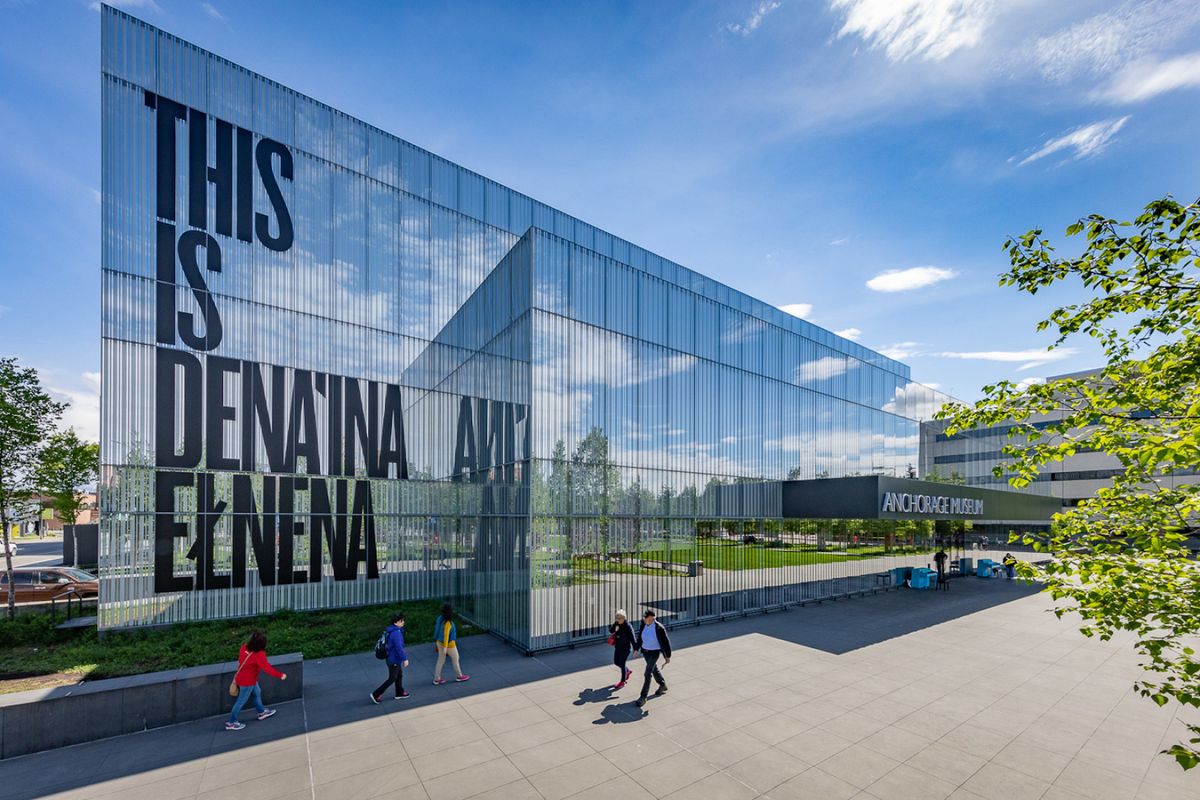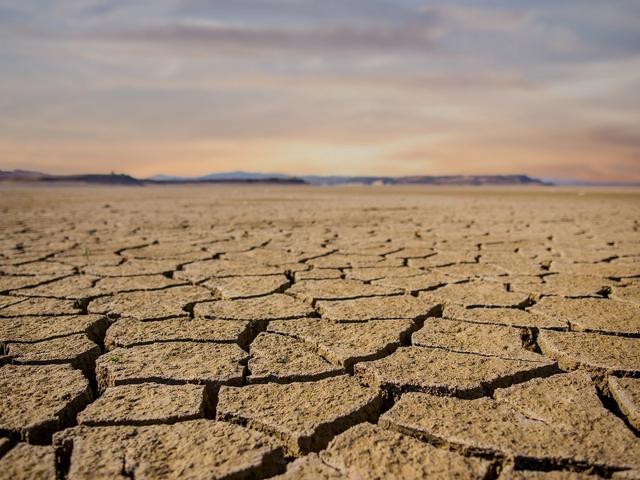From improved climate control systems and solar panels to battery storage and better insulated windows, the projects funded by the Helen Frankenthaler Foundation’s latest climate initiative grants—totalling $2.7m for 48 art organisations across the United States—are all aimed at making art spaces more resilient to the effects of climate change while reducing their carbon footprints. Coming amid a summer of weeks-long heat waves, raging wildfires, floods and more, the urgency of making such modifications to gallery and studio buildings is particularly apparent.
The grants, announced today (9 August), bring the total sum the foundation has awarded over three funding cycles under its Frankenthaler Climate Initiative to more than $10.8m. At the same time, the foundation has revealed it will extend the programme through at least 2025, until it has awarded $15m in support. It operates the initiative in partnership with clean energy systems non-profit RMI and Environment & Culture Partners, which advocates for climate action in the cultural sector.
“Our applicants have shown tremendous creativity and ingenuity in their projects. It has been a privilege to play a part not only in providing financial support for their clean energy and energy efficiency initiatives, but also in connecting them with resources and best practices that ensure greener outcomes,” says Lise Motherwell, the foundation’s director and board chair. “As we enter into year four and five of the initiative, we will be looking closely at impact, working with our grantees and our partners at RMI and Environment & Culture Partners to identify trends in the data yielded from the programme, as well as qualitative and quantitative measurements that exist beyond a museum’s electricity bill.”
Projects supported in this third round of funding—following previous rounds of $5.1m in July 2021 and $3m in August 2022—include the development of renewable power microgrids at the National Nordic Museum in Seattle and California College of the Arts in San Francisco, improved climate control systems at the Clifton Cultural Arts Center in Cincinnati, Pratt Institute in New York, the Museum of Contemporary Art in Los Angeles and others. The Anchorage Museum in Alaska received $40,000 to develop and implement a sustainability action plan. Wassaic Project in upstate New York was awarded more than $20,000 to develop a decarbonisation and energy plan. And the Kentucky Museum at Western Kentucky University received more than $84,000 to make improvements to its building envelope.
Climate action: what is the art world doing?
“What we have consistently found as these projects evolve and expand is that they tend to have a positive ripple effect,” Motherwell says. “Improving the airflow in one part of the building can positively impact the energy use of an entire museum. Creating a sustainable backup energy source can provide a resource for a neighbouring community. These kinds of discoveries are only possible when institutions have the financial support and leadership that enables them to think expansively to consider both long and short-term impacts.”
Though the Frankenthaler Climate Initiative is a relatively unique programme in the US art world, other projects have sprung up as part of an industry-wide effort to decarbonise and become more resilient. The Gallery Climate Coalition, a group founded in London in 2020, added a New York branch last spring. And initiatives like Galleries Commit and Artists Commit have sought to empower businesses and individuals to better measure and mitigate their environmental impacts.



